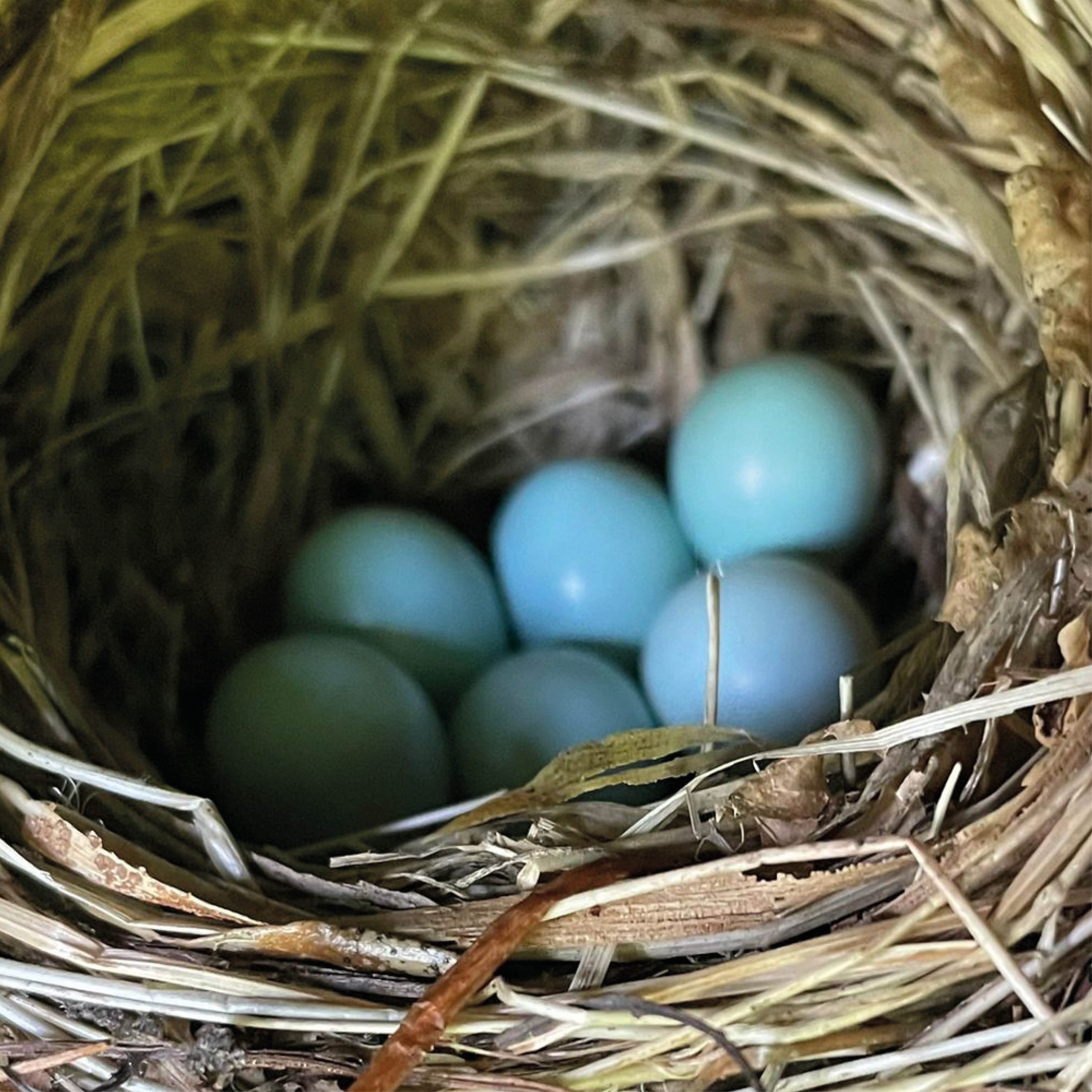If I’d had Ben Law’s book Roundwood Timber Framing when I was learning to build in the ’60s, I’d have been inspired to plant and tend trees suitable for house framing and several buildings could have been framed by now as a result. That’s just one of the unique features about this beautiful new book: a step-by-step process for creating your own building materials. Another unusual feature here is use of a modified cruck frame in all the buildings shown here. This construction method consists of two or more ‘A-frames’, and was used in medieval times for houses, barns, and halls. Ben has adapted it structurally to triangulate and therefore brace rectilinear buildings.
The posts, beams and crucks of these buildings are round poles, usually harvested on or near the building site. The entire structure, or skeleton, of the building is built with wood that has not been to a sawmill; nor has it been transported a great distance. Not unrelated to all this is the fact that these buildings look good from the outside and feel good to be within. The aesthetics of natural building.
Full disclosure: I wrote the Foreword to this book, so I’m already a fan. But when I saw the actual book, as opposed to the electronic files I’d viewed beforehand, I was surprised at how beautifully it all came out. The photography is great, the color is good, and the book takes you step-by-step through planting and tending trees; the tools needed; the joining methods for this type of construction; as well as floor, wall, and roof techniques. In the last part of the book are photos of the sequential construction of seven different round pole buildings. The horticultural barn at Pestalozzi International Village is a beauty.
Not everyone can build like this. You need to be where trees grow, and have some land. But for those who do, this book lays out the path for a more sustainable method of construction, for learning a trade, for using one’s own hands and local resources to create a good-feeling, nice-looking shelter.





